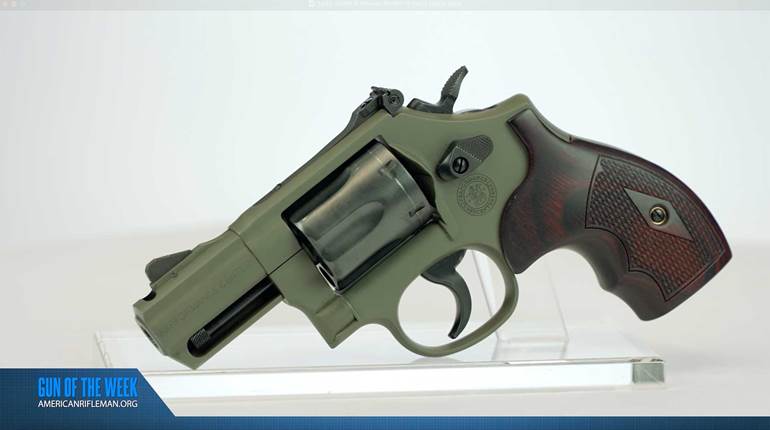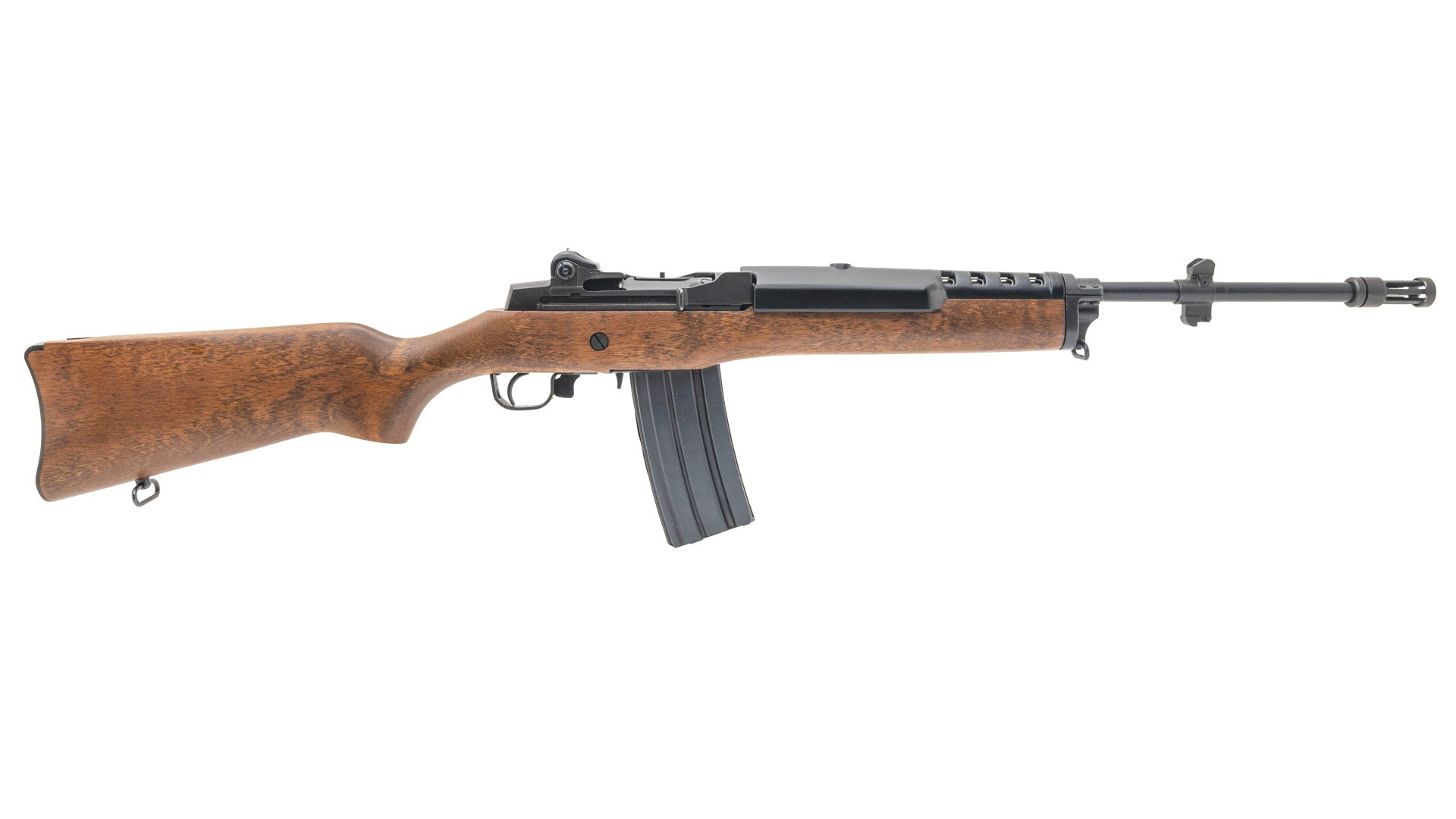In the mid-19th century, many nations updated their obsolete muzzleloading military arms with breechloading conversions. In France, though, this conversion project extended the life of many former flintlock muskets that had already been updated to percussion priming. This unique, long-lived military arm was known informally as the "Tabatière." Watch our "American Rifleman Television" segment above to see the details of this unique small arm.
"By 1866, the French had developed one of the most modern military firearms of the period, the Chassepot," American Rifleman Field Editor Garry James said. "However, The French were not producing Chassepots in enough numbers, and like many, many other countries, decided, 'Well, we've got a bunch of these old muskets and rifles on hand, let's go ahead and modify them to the modern breechloading system.'"
While many of the guns modified were earlier Model 1857 percussion rifles, some of the arms were Model 1822 flintlock muskets that had been updated in the 1840s with percussion bolsters and rifled barrels. Both types of arms were fitted with the Snider-style hinged breechblock.

"Self-contained cartridges and a breechloading mechanism was the name of the game. And while the Americans went to a system where you cock the hammer back half-cock and you had a flipping forward "trapdoor," as they became known. That was really the best because the British went with another system designed by an American from Philadelphia, Jacob Snider, and his was a hinged breech," American Rifleman contributor Kenneth L. Smith-Christmas said. "The French went with a system that wasn't even as good as that. It was called the Tabatière, and it was so named because the breechblock looked like a snuff box."
By 1870, the start of the Franco-Prussian War, more than 350,000 muzzleloading muskets had been converted to the Tabatière breechloading system.
"The story of the Tabatière doesn't just end with the end with the war between Prussia and France. No, these guns got converted in huge numbers," NRA Publications Editorial Director Mark Keefe said. "So what to do with them? Well, obviously sell them to the Belgians. Because Belgium, and particularly around Liège, was a huge armsmaking industry."

Left with heavy, obsolescent, full-stock military muskets, many Belgian gun retailers sought ways to make these arms marketable to civilians.
"So what the Belgians do is they cut these full-length military stocks down on these Tabatière conversions, they trim the barrels back, they convert them to fire 12 gauge shotshells, and then they send them over to the States. And in order to make them sound a little bit more exotic, you know, it's a marketing term, they call them "Zulu" shotguns," American Rifleman Executive Editor Evan Brune said. "And Zulu at the time, this is referencing the Anglo-Zulu wars, the British wars being fought in Africa. And so this is a term that would have sounded exotic, even if people didn't really know what it meant. But here they had these brand new breechloading designs that were far better than any muzzleloading, fowling-style guns that they would have been carrying into the frontier. And best of all, these guns were cheap."

However, because of the "sporterization" of many former Tabatière breechloaders, finding any that are in original military configuration is a difficult job, due to their rarity.
"For the collector, the Tabatière, you know, represents a neat period in collecting and evolution of firearms," NRA Museums Director Phil Schreier said. "You know, you can put one together with the trapdoor Springfield, the Snider, and you have, you know, some of the transitional guns that made their way from muzzleloading to breechloading."
To watch complete segments of past episodes of American Rifleman TV, go to americanrifleman.org/artv. For all-new episodes of ARTV, tune in Wednesday nights to Outdoor Channel 8:30 p.m. and 11:30 p.m. EST.























